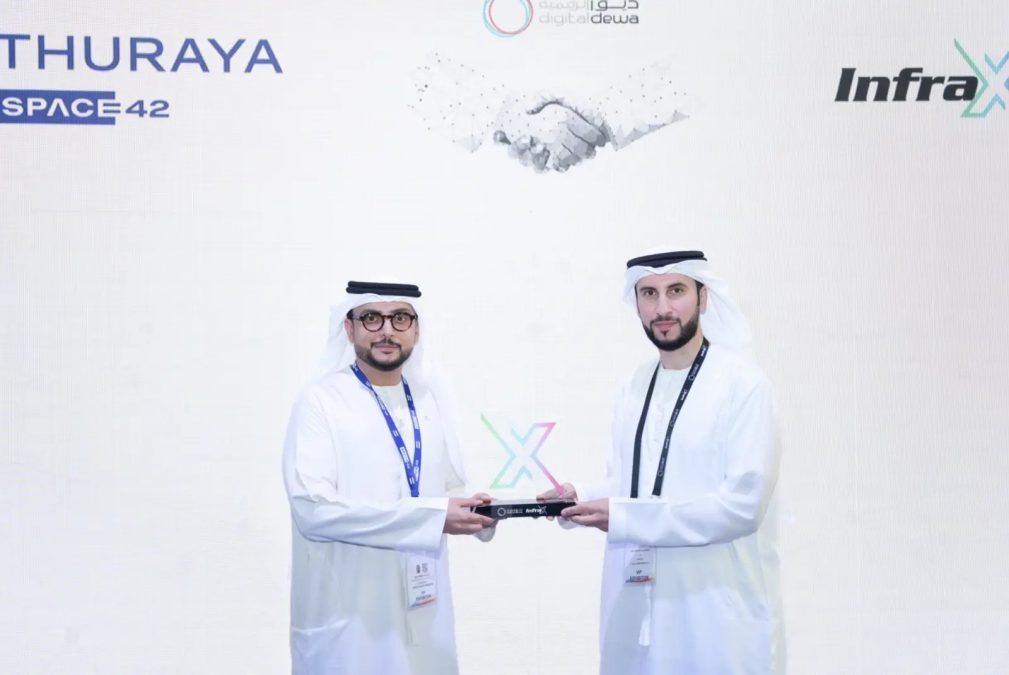IoT connectivity encompasses the network technologies that enable devices to communicate and share data. These technologies include Wi-Fi, Bluetooth, cellular networks, and specialized IoT protocols such as LoRaWAN and Zigbee. Each technology offers distinct advantages, tailored to specific business needs like range, power efficiency, and data transfer speed.
Reliable IoT connectivity is crucial for the seamless operation of smart devices. Businesses rely on this connectivity to gather insights, optimize processes, and deliver superior services. This is where the role of key players in the industry becomes indispensable, providing the necessary infrastructure to ensure robust and uninterrupted IoT connectivity.
Companies in this space are dedicated to developing and maintaining advanced communication infrastructure, essential for IoT connectivity. Their services span various sectors, supporting businesses in achieving operational excellence and competitive advantage.
Reflecting the effort of enabling new IoT protocols like LPWAN, LoRaWAN, and Sigfox, companies are revolutionizing long-distance device communication with minimal power consumption. These protocols create expansive public networks, reducing IoT implementation costs. In agriculture, LoRaWAN optimizes irrigation by monitoring soil moisture. Sigfox supports smart city waste management by alerting services when bins are full. LPWAN enhances logistics with real-time asset tracking. Embracing these protocols enables efficient, innovative IoT solutions across various sectors.

- Smart Cities: Most companies in this sector are at the forefront of smart city development, providing the connectivity backbone for IoT applications that improve urban living. Businesses operating in smart cities benefit from enhanced infrastructure, such as smart lighting and waste management systems, which reduce operational costs and improve service delivery. For instance, companies managing public lighting can use IoT-enabled systems to adjust brightness based on real-time data, cutting energy costs and extending the lifespan of lighting equipment.
- Transportation: In the transportation sector, the infrastructure supports intelligent transport systems (ITS) that optimize traffic flow, reduce congestion, and enhance safety. Businesses involved in logistics and fleet management can leverage IoT connectivity to monitor vehicle performance, optimize routes, and reduce fuel consumption. Connected vehicles and smart parking solutions further enhance operational efficiency, leading to cost savings and improved customer satisfaction.
- Energy Management: Such services enable smart grid technologies and energy management systems. Businesses can use IoT devices to monitor and control energy usage, integrate renewable energy sources, and ensure efficient energy distribution. For example, smart meters provide real-time data on energy consumption, allowing businesses to identify inefficiencies and implement cost-saving measures. Additionally, IoT-enabled sensors can detect and respond to faults in the energy grid, minimizing downtime and ensuring reliable service.
- Healthcare: The healthcare industry is experiencing significant benefits from IoT connectivity, with companies in this sector providing the infrastructure needed for connected medical devices and telehealth services. Healthcare providers can use remote patient monitoring systems to track vital signs and manage chronic conditions, reducing the need for hospital visits and improving patient outcomes. Reliable connectivity ensures that these critical applications operate smoothly, enabling healthcare providers to offer better and more efficient services.
Leveraging Future Technologies
The future of IoT connectivity is promising, with advancements in technologies such as 5G, edge computing, and artificial intelligence (AI) set to drive further innovation. Businesses can look forward to enhanced IoT capabilities, powered by these cutting-edge technologies.
5G offers significant improvements in speed, latency, and capacity, making it ideal for supporting large-scale IoT deployments. Companies in this space are actively involved in the rollout of 5G networks, ensuring their infrastructure can fully leverage these new capabilities. Businesses can benefit from faster data transmission, lower latency, and the ability to connect more devices simultaneously.
Edge computing, which processes data closer to the source rather than in a centralized cloud, is another area where companies in this industry are making strides. By reducing latency and bandwidth requirements, edge computing enhances the performance of IoT applications and enables real-time decision-making.
AI and machine learning are also crucial in the IoT ecosystem, enabling more intelligent and autonomous systems. Companies in this space are exploring ways to integrate AI into their infrastructure, offering businesses advanced capabilities like predictive maintenance, anomaly detection, and sophisticated analytics. These capabilities can further enhance operational efficiency, reduce costs, and drive innovation.
IoT connectivity is a cornerstone of modern business, enabling a wide range of applications that enhance efficiency, reduce costs, and open new revenue streams. Key players as InfraX plays a pivotal role in this transformation, providing the necessary infrastructure to support IoT deployments across various sectors.
(The author is the Chief Operation Officer of InfraX)








